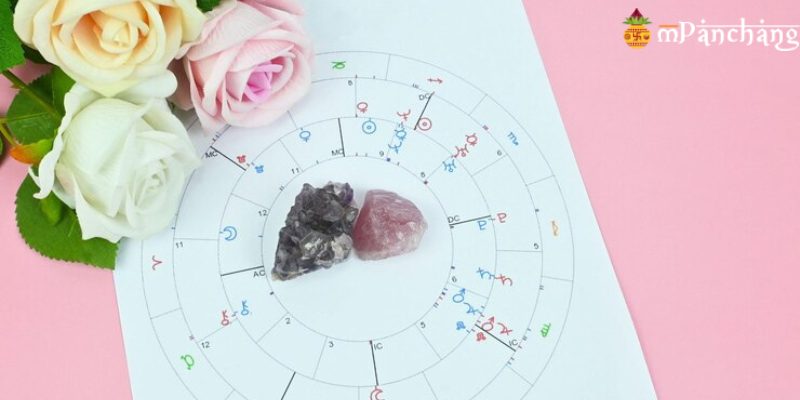Making a baby’s birth chart is the first thing a parent does when he is born in India. An individual’s birth chart is a heavenly road plan that guides them for their whole life. You can learn more about your connections, personality, and life direction by examining this celestial map. In this blog, we’ll go over the basics of understanding your birth chart as well as some of its mysteries.
The Fundamentals of Birth Chart
A personalized star map made at the precise moment or and location of your birth is known as a birth chart, natal chart, or new born baby kundali by date of birth and time. This chart has twelve houses, or divisions, each of which stands for a distinct facet of your life. These houses form a holy pattern based on the locations of the planets, the Sun, the Moon, and other celestial elements.
Planets
The planets in your natal chart represent multiple aspects of your personality and background. Mercury, for instance, has links with communication and wisdom; Venus, with love and beauty; Mars, with passion and drive; and Jupiter, with growth and expansion. The placement of these planets within specific signs and houses might provide important clues about how these energies will manifest in your life.
Zodiac Signs
The twelve signs of the zodiac are a language that planets use to express their effects. Every sign has unique traits and actions that have an impact on the planets that are positioned within them. For instance, Taurus has links with stability and sensuality, while Aries is in connection with boldness and initiative. Your birth chart reflects the positions of the planets inside these signs, which presents a complex depiction of who you are.
Houses
The twelve houses in your birth chart stand for various aspects of your life, such as relationships, career, and spirituality. Your identity and self-perception are governed by the Ascendant or Rising sign, also known as the first house. Additionally, the seventh house has links with partnerships, while the tenth house has a connection to your career and public image. The positions of the celestial bodies in each house can tell you more about some parts of your life that may be more obvious or challenging.
Interpreting Your Birth Chart
Now that we have gone over the fundamental elements of a birth chart, let’s look at how to interpret this holy map.
Identifying Rising Sign
The zodiac sign rising is the one that was visible from the east when the person was born. It represents how you behave outside of yourself and how other people see you. Knowing your Ascendant sign is essential to a thorough analysis of your natal chart. In addition, you require a kundli before the exam.
Exploring Planetary Placements
Examine your natal chart to find the positions of the Sun, Moon, and other planets. In addition, the moon reveals your innermost feelings, your sun sign signifies who you are at your core, and the other planets provide particular qualities to your personality. Keep an eye out for planets that are in their ruling signs or that are making significant alignments with one another; these combinations provide a greater level of insight.
Analyze House Positions
Each house in your birth chart connects to a specific area of your life. Analyze the planets in each house and their relationships with other planets. For instance, Venus in the seventh house of partnerships may indicate a peaceful approach to relationships.
Conclusion
Analyzing your birth chart allows you to delve deeper into your inner self in a curious manner. Through the interpretation of the astrological signs found in the positions of planets, signs, and houses, you can learn a great deal about your character, challenges, and goals in life. Recall that astrology does not predict fate; rather, it provides guidance. It can be a useful tool for reflection and growth on a personal level.












